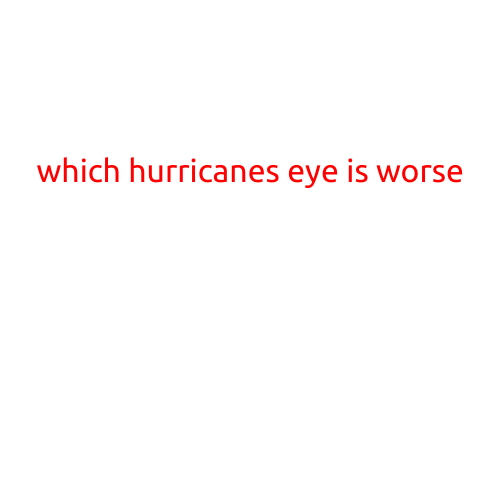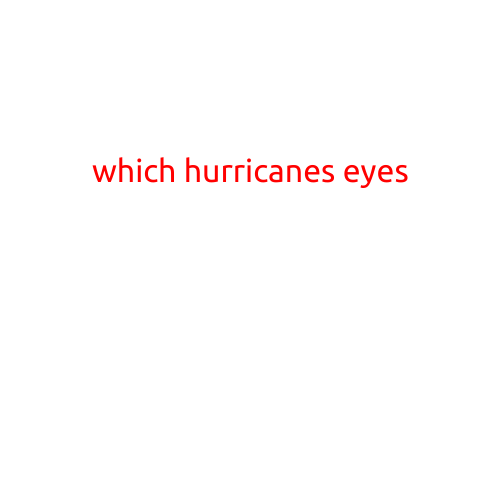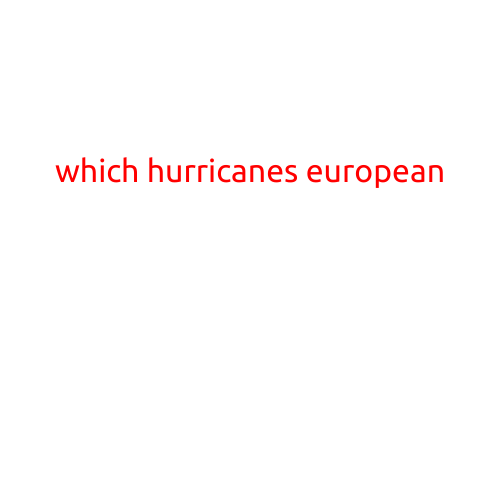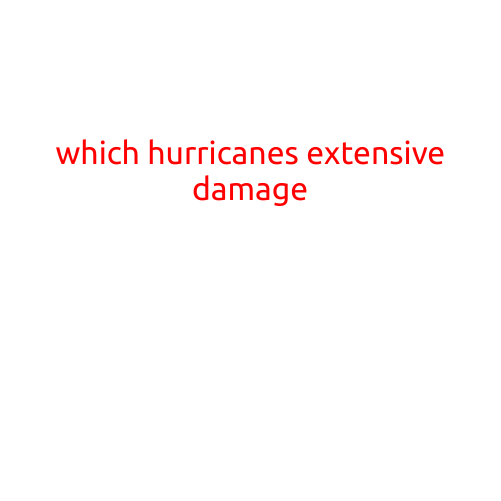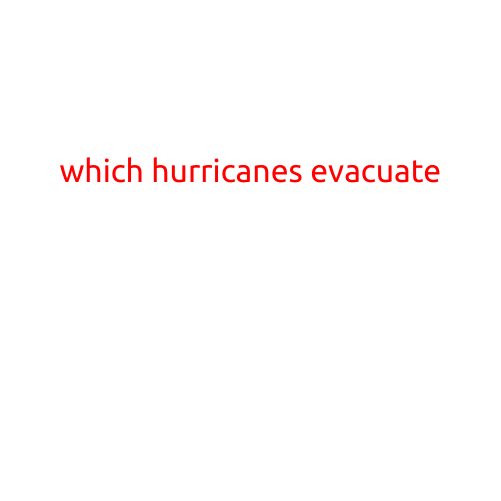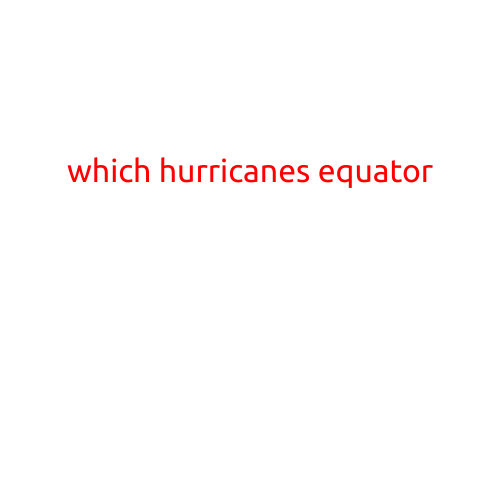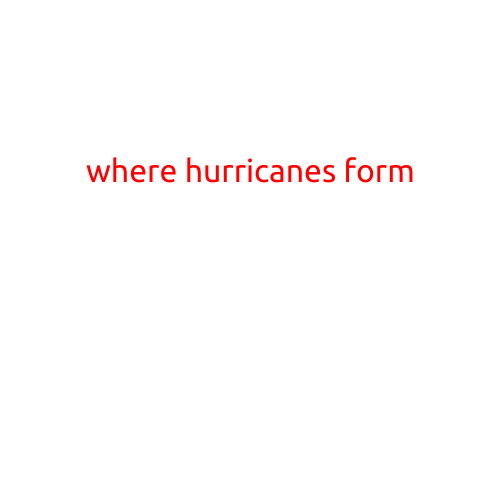
Where Hurricanes Form: Uncovering the Tropical Origins of these Powerful Storms
Hurricanes are one of the most destructive and awe-inspiring natural phenomena on our planet. These powerful storm systems have the potential to bring catastrophic winds, flooding, and destruction to entire communities. But have you ever wondered where hurricanes actually form? In this article, we’ll delve into the tropics and explore the conditions necessary for hurricanes to take shape.
The Perfect Storm: Warm Ocean Waters and Low Pressure
Hurricanes require certain conditions to form, including:
- Warm Ocean Waters: The sea surface temperature must be at least 26.5°C (80°F) to a depth of about 50 meters (164 feet). This warmth provides the energy needed to fuel the storm.
- Low Atmospheric Pressure: The air above the warm waters must be low in pressure, allowing the storm to develop and strengthen.
- Moisture: High levels of atmospheric moisture are necessary to sustain the storm’s growth and intensification.
These conditions typically come together in the tropical Pacific Ocean, the Atlantic Ocean, and the Caribbean Sea. Here, the warm ocean waters and moisture-laden air create an ideal environment for hurricanes to form.
The Formation Process
The process of hurricane formation is complex, involving several stages:
- Disturbance: A cluster of thunderstorms or a low-pressure system develops in the tropical region.
- Tropical Depression: The disturbance strengthens into a tropical depression, characterized by sustained winds of 38 km/h (24 mph).
- Tropical Storm: The depression intensifies into a tropical storm, with sustained winds of 62 km/h (39 mph).
- Hurricane: The storm continues to strengthen, with sustained winds reaching 119 km/h (74 mph) or higher.
Tropical Regions Prone to Hurricane Formation
The following regions are particularly susceptible to hurricane formation:
- The Atlantic Hurricane Season: The Atlantic Ocean, Caribbean Sea, and Gulf of Mexico are hotbeds for hurricane activity between June and November.
- The Pacific Hurricane Season: The eastern Pacific Ocean, near the Central American coastline, is prone to hurricane formation between May and November.
- The Western Pacific: The western Pacific Ocean, near Japan, the Philippines, and Indonesia, experiences hurricane-like storms known as typhoons or tropical cyclones from May to October.
Conclusion
Hurricanes are a force of nature that requires a specific set of conditions to form. Understanding where and how these storms develop is crucial for predicting and preparing for their devastating impact. By recognizing the tropical regions prone to hurricane formation, we can take steps to mitigate the damage and ensure the safety of those affected.
Remember, hurricanes are awe-inspiring storms that command respect, but with knowledge and preparation, we can face them head-on.
